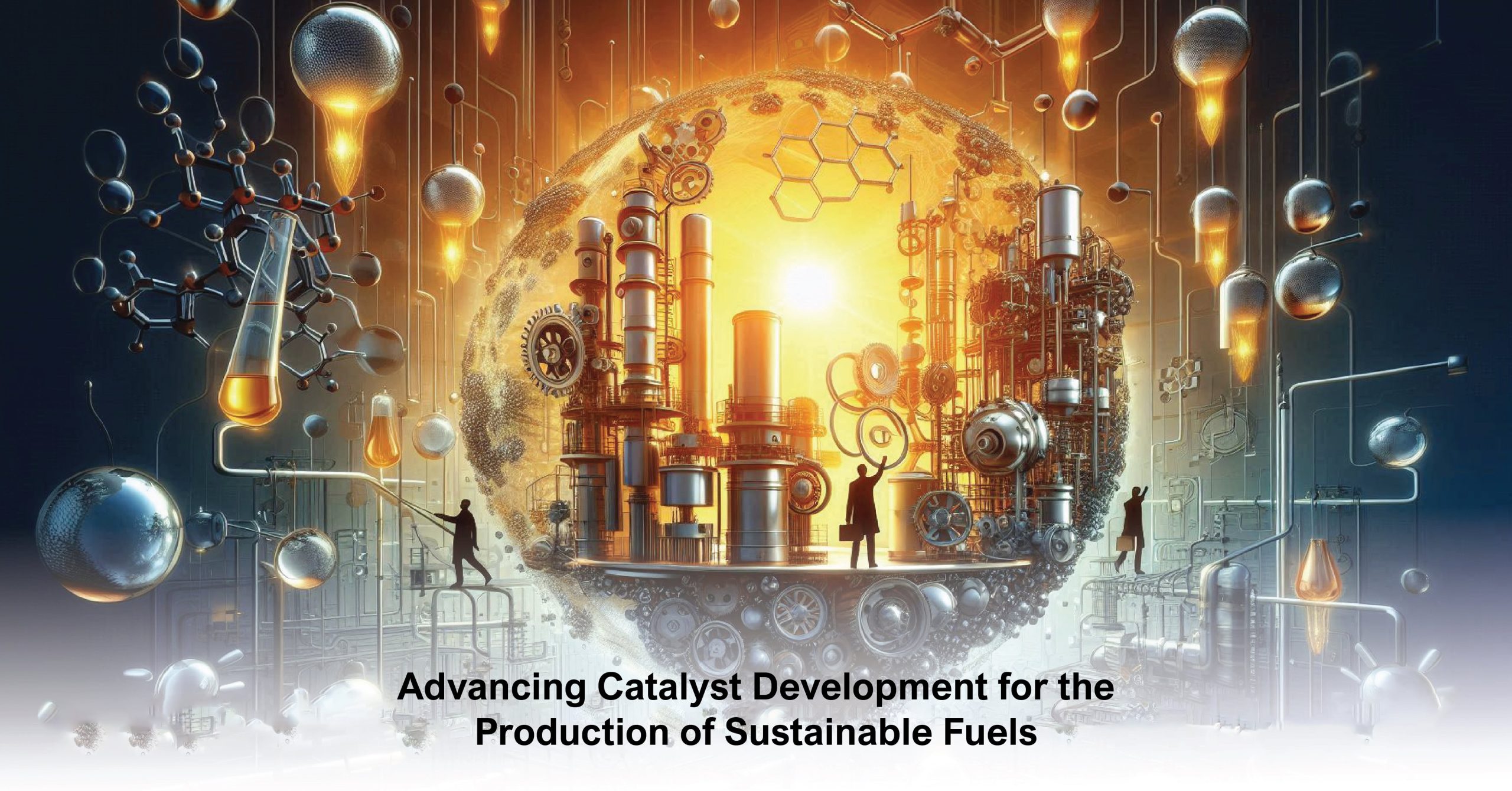The global energy demand is increasing and has reached a level where it is straining conventional sources of fuel, hence increasing innovative ways of producing sustainable fuels. One such avenue in this direction is the development of improved catalysts for Fischer-Tropsch synthesis, producing synthetic liquid fuels and related important chemicals from syngas generated from biomass. The article covers new developments in catalysts for FTS processes in the quest to find sustainable and environmentally friendly fuel alternatives.
Fischer-Tropsch Synthesis
Fischer-Tropsch synthesis is actually quite an old chemical process, patented back in the early twentieth century. It consists of the catalytic conversion of syngas into long-chain hydrocarbons, which later become refined into various fuels, such as diesel, gasoline, and jet fuel. The syngas can be obtained from coal, natural gas, or biomass in the latter case, it is renewable and sustainable. In the FTS process, both efficiency and selectivity are very dependent on the catalysts used, so catalyst development will become of prime importance in this area of research.
The Role of Catalysts in FTS
Catalysts are substances that increase the rate of a chemical reaction without themselves getting used in the process. Commonly applied catalysts in FTS include metals like iron, cobalt, or ruthenium with support materials like silica, alumina, or zeolites. These catalysts facilitate the formation of hydrocarbons through the provision of active sites where the reactants, H2 and CO, could adsorb, react, and desorb as products.
